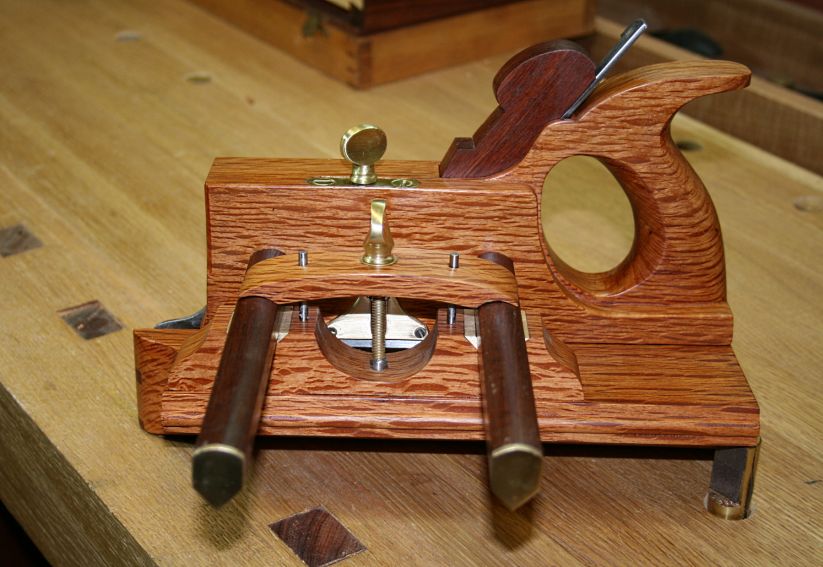Have a look at this:
https://www.jimbodetools.com/collection ... amy-81021u
It seems to me that the fact that this is a tool and an extremely beautifully made one to boot, is almost irrelevant. Surely what we are seeing here is an example of the tool as art and it is the price demanded which puts it into this category in my opinion. I think that the acid test is that if you were prepared to pay that kind of money, could you seriously think of it as a user, other than of course a one-off go to prove that it works as well as it looks?
I can't see anything wrong with this because it is hardly pricing the ordinary hobbyist out of the second hand market. It's just that I find it mind boggling.
https://www.jimbodetools.com/collection ... amy-81021u
It seems to me that the fact that this is a tool and an extremely beautifully made one to boot, is almost irrelevant. Surely what we are seeing here is an example of the tool as art and it is the price demanded which puts it into this category in my opinion. I think that the acid test is that if you were prepared to pay that kind of money, could you seriously think of it as a user, other than of course a one-off go to prove that it works as well as it looks?
I can't see anything wrong with this because it is hardly pricing the ordinary hobbyist out of the second hand market. It's just that I find it mind boggling.



































